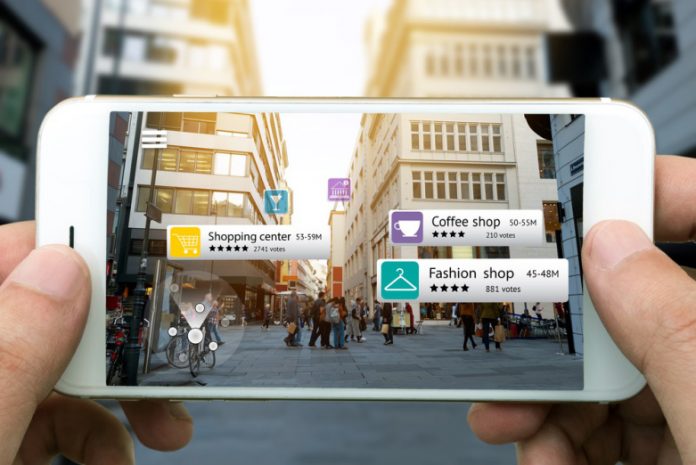By Casey O’Loughlin, Star2Star
Virtual reality (VR) and augmented reality (AR) are popular in the world of gamers and gadget enthusiasts, but there are clear use cases for these to boost the visual collaboration experience for enterprises as well.
IDC in fact estimates that the augmented and virtual reality market will reach $162 billion by 2020, with enterprise use set to make up a significant chunk of that.
Imagine swapping a webcam during a video conference for a set of VR goggles. VR allows participants to see and interact with each other as if they were in the same virtual room (think Star Trek’s holodeck); and it allows greater potential for collaborating on creative, media and architectural projects with a “see-what-I’m-seeing” capability. The ability to collaboratively build virtual prototypes in an immersive environment, or an opportunity for more impactful training for new employees via remote guidance, can all translate into productivity gains, happier employees, fewer R&D errors and faster time-to-market.
“The greatest level of adoption is around the idea of collaboration,” said Steve Soechtig of Deloitte Digital, during a recent webcast. “VR can “take how we communicate, share ideas and concepts to a completely new level.”
There are also a range of vertical applications already in use. In healthcare, surgeons at places like Nicklaus Children’s Hospital in Miami use MRI scans converted to 3D images to visualize complex or experimental procedures before they embark on them. And in education, Google Cardboard’s “Expeditions” program lets teachers take students on immersive, virtual journeys to, say, coral reefs—or to the surface of Mars.
Some applications are already being deployed in Fortune 500 environments: Ford for instance uses VR to create and test vehicle designs at the company’s Immersion Lab before production begins.
“Unlike some of the previous revolutions we’ve seen, the cost of entry into augmented reality and virtual reality is significantly low. As a result, adoption has happened much more rapidly,” Soechtig said.
IDC’s Mainelli said the adoption of AR technology is also gaining steam amongst businesses. Unlike the completely immersive VR, AR layers contextual information over the physical environment via a handheld device or headset (think Pokemon Go).
In a recent IDC survey, nearly 30 percent said they are testing AR software for smartphones and tablets. Use cases include things like field inspections, or customer service. IKEA for instance has integrated AR into its catalogue app so shoppers can add virtual furnishings to their bedrooms or kitchens, snap a photo and see what the furniture would look like in their house.
“AR is bringing in pertinent information to the experience we’re having,” he said.
Both technologies are set to become differentiating aspects of unified communications as well, as they become wrapped into conferencing and messaging as one more channel of communication.










